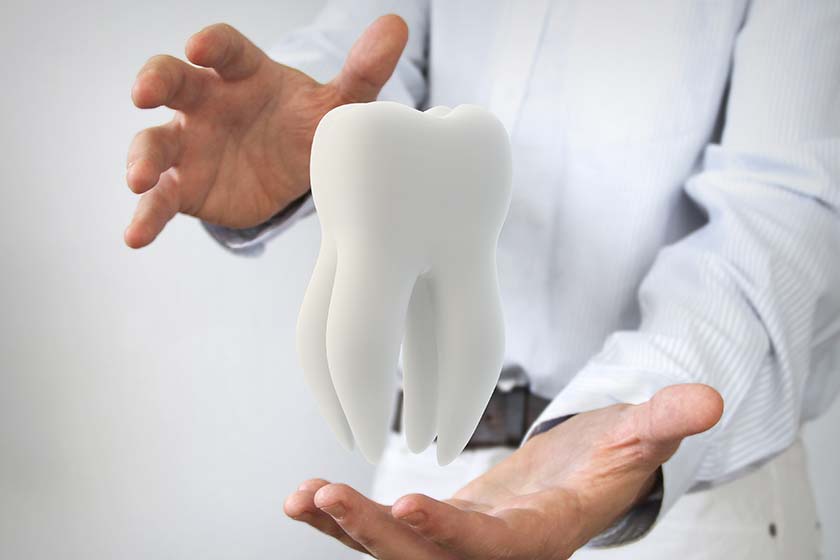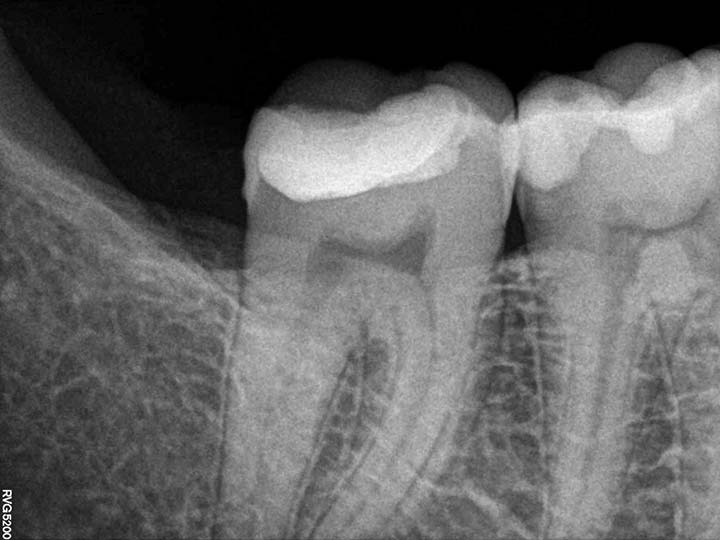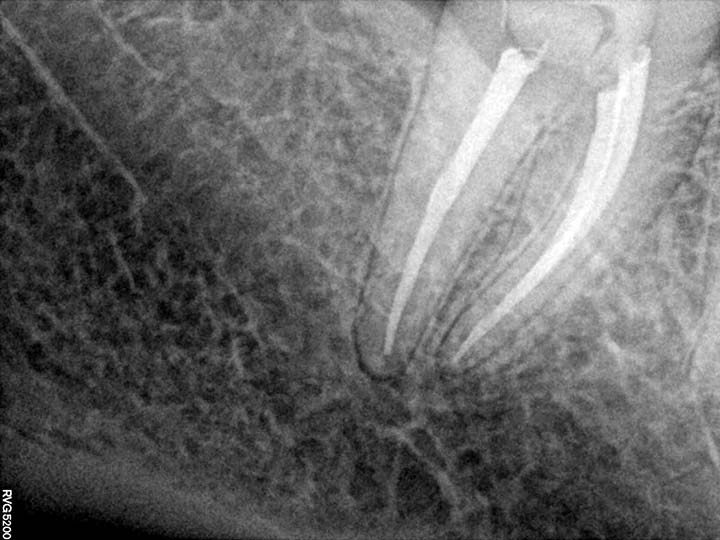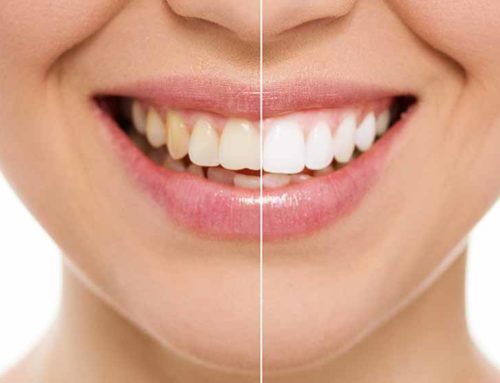The tooth consists of a crown, which is the visible part in the mouth, and one or more roots that remain buried in the bone.
There is white enamel tissue on the outermost part of the upper part (crown) of the tooth and yellow dentin tissue below it. Inside the tooth is the pulp (popularly known as the tooth’s nerve). Contrary to popular belief, the pulp is not just a nerve. Pulp is a tissue composed of vessels, nerves and connective tissue but also tissue called pulp that gives vitality to the tooth. The pulp extends to the root tip through the channels in the root and connects to the cardiovascular and nervous systems.
What is endodontics?
Endodontics is the science that deals with the treatment of diseases of the tooth pulp (Neurovascular Bundle inside the tooth) and the tissues surrounding the root of the tooth.

When is root canal treatment required?
If inflammation or infection occurs in the pulp tissue of a tooth, root canal treatment should be applied to that tooth.
We can summarize the most relevant factors that cause root canal treatment as follows:
- Deep caries
- Acute (caused by a sudden impact, fall, crash) or permanent (Grinding and clenching, Uneven filling- sealant for the teeth) traumas to the tooth
- Fractures or cracks in the hard shell of the tooth
- Advanced periodontal diseases
- Excessive pressure exerted to the tooth during orthodontic treatment (dental braces)
- Poor dental fillings – poorperforming porcelain application
How do we know that our tooth needs root canal treatment?
- Teeth Sensitivity and pain to cold-hot and in some cases sugary foods
- Toothaches at night without any stimulus
- Toothaches When Biting Down
- Tooth Discoloration
- Enlargement of facial tissues
- Abscess that does not cause any symptoms and is detected by radiography during dental control
If one or more of the above-mentioned symptoms have occurred, it is a sign that the concerned tooth is no longer able to repair/heal itself.
In this case, the tooth will either maintain its normal function in the mouth following root canal treatment, or it will have to be extracted.
Is root canal a painful treatment?
Root canal treatment is an application performed under local anesthesia by anesthetizing individual dental nerves. Thanks to the anesthetic solutions and procedures used in dentistry today, the treatment is completed without feeling any pain or discomfort.
What are the stages of root canal treatment?
The tooth on which the speacialist determines that the patient needs root canal treatment as a result of dental radiographic examinations, is anesthetized with local anesthesia. After the caries in the enamel and dentin tissue of the tooth are completely cleaned mechanically, the lengths of the roots of the teeth are measured through electronic devices and the pulp (vascular and nervous tissue) is completely removed to the root tips. Afterwards, the root canals are cleaned with special systems, expanded and filled with Root Canal Filling Material that are compatible with the body and rarely cause an allergic reaction until the root tip.
Finally, the top part of the tooth is restored with laser filling, onlay (porcelain filling) or porcelain veneers.
Is root canal treatment completed on the same day?
The treatment of the majority of teeth requiring root canal treatment is completed on the same day, in an average of 45-60 minutes.
Of course, the experience and knowledge of the physician who performs the treatment is of great importance.
In some cases, for example, when an abscess occurs at the root tips, a second session may be required to complete the treatment depending on the desired results in the treated area. In such cases, the dentist applies a drug in the root canals of the tooth in the first session and and prefers to wait 10-15 days for the drug to take effect.
In the second session, the drug in the root canals of the tooth is removed, the root canals are filled and the treatment is completed.
Will there be pain in the tooth after root canal treatment?
It is normal to experience a slight sensitivity for 6-7 days when biting or chewing with the treated tooth following root canal treatment. In this case, patients get through this period without complaints by receiving a mild pain reliever and anti-inflammatory drug.
How long is the life span of a tooth that has undergone root canal treatment?
Academic research reveals that the success rate of root canal treatments performed properly under sterile conditions is around 95%.
The life of a tooth that has undergone root canal treatment and whose crown (top part) has been restored with medical supplies is not different from teeth that have not undergone root canal treatment and can remain for a long time in the mouth.
However, restoration of the upper part of the teeth that have undergone root canal treatment is of great importance for the life span of the tooth. Teeth that need root canal treatment have generally suffered a large loss in volume as a result of advanced caries or trauma. As far as such teeth are concerned , it is necessary to ensure the durability and sealing of the top part of the tooth with a correct restoration after root canal treatment.
Today, teeth undergoing root canal treatment can be restored as follows;
- Composite filling (laser filling)
- Porcelain onlay/inlay (porcelain filling)
- Porcelain Veneers
Regarding the procedure to be applied to the tooth, the loss of substance in the tooth and the position of the tooth in the mouth are the main determinants. Academic research reveals that the most durable and aesthetic restorations in teeth undergoing root canal treatment are porcelain fillings or veneers.
Computer-aided dentistry makes it possible to complete (glue) the porcelain restoration on a tooth that has undergone root canal treatment, in as little as 30 minutes, on the same day following the treatment.









Leave A Comment